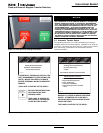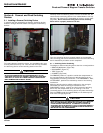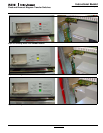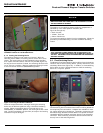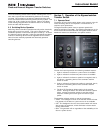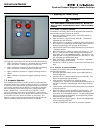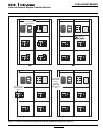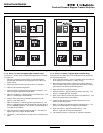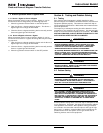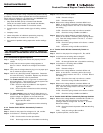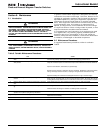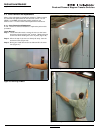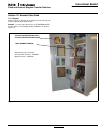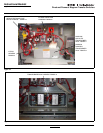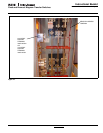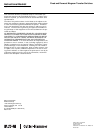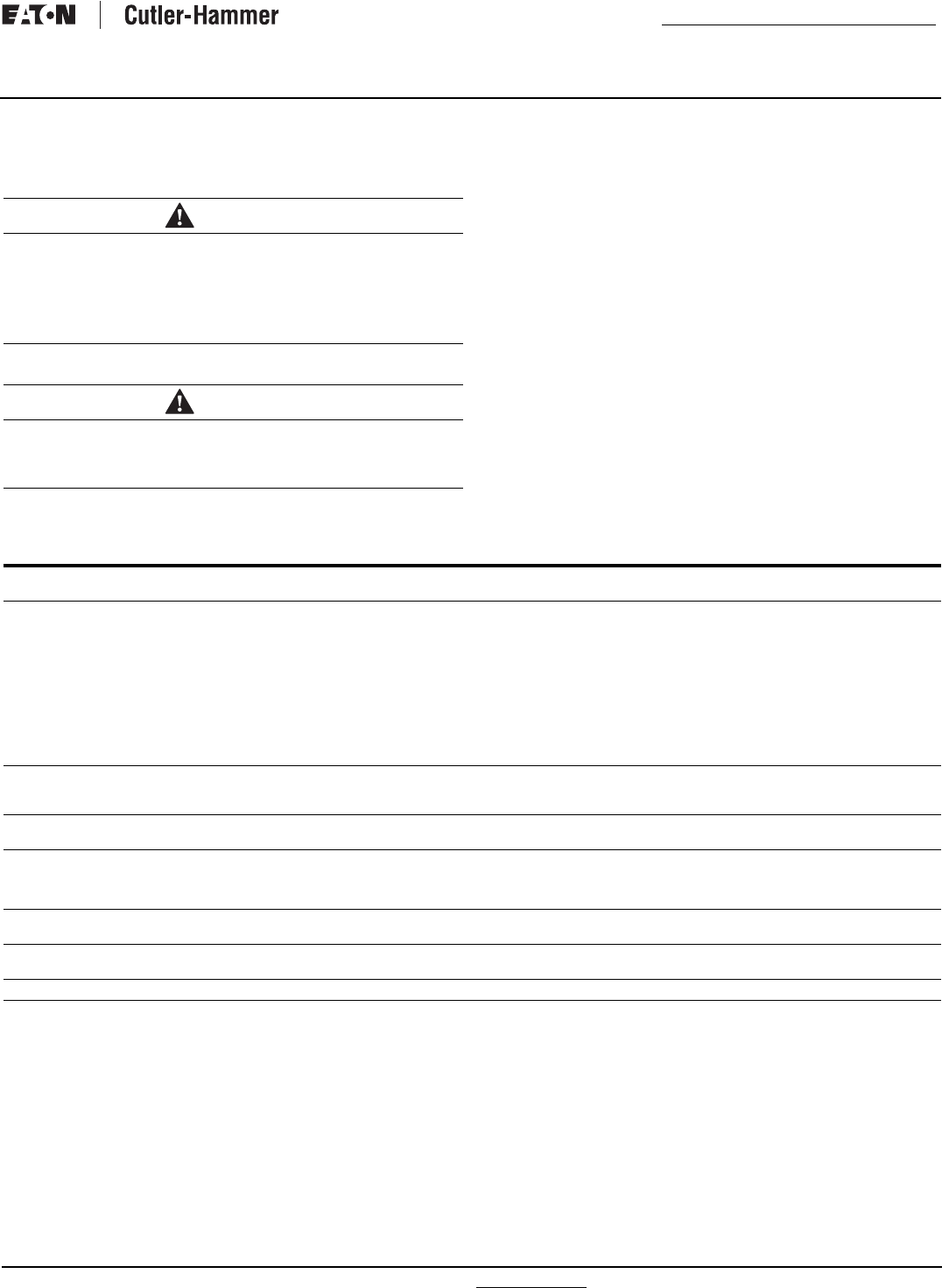
IB01602011E For more information visit: www.Eaton.com
Instructional Booklet
Effective: March 2007 Page 31
Fixed and Drawout Magnum Transfer Switches
Section 9: Maintenance
9.1 Introduction
In general, transfer switch equipment is designed to be relatively
maintenance free under normal usage. How-ever, because of the
variability of application conditions and the importance placed on
dependable operation by this type of equipment, inspection and
maintenance checks should be made on a regularly scheduled
basis. Since equipment maintenance will consist mainly of keep-
ing the equipment clean, the frequency of maintenance will
depend, to a large extent, on the cleanliness of the surroundings.
If a significant amount of dust or foreign matter is present, a more
frequent maintenance schedule should be followed.
It is suggested that visual inspections of the equipment be made
on a regular basis, not just during regularly scheduled periods.
Always be alert for an accumulation of dirt in and around the
structure, loose parts and/or hardware, cracks and/or discoloration
to insulation, and damaged or discolored components.
9.2 Maintenance Procedures
A suggested maintenance procedure to follow is outlined in
Table 6.
Table 6. Periodic Maintenance Procedures.
WARNING
HIGH VOLTAGES ARE PRESENT IN AND AROUND TRANSFER
SWITCH EQUIPMENT. BEFORE INSPECTING OR MAINTAINING THIS
EQUIPMENT, DISCONNECT THE LINE POWER FROM THE EQUIP-
MENT BEING SERVICED BY OPENING AND LOCKING OUT, IF POSSI-
BLE, THE NEXT HIGHEST DISCONNECT DEVICE. FAILURE TO
FOLLOW THIS PROCEDURE COULD CAUSE PERSONAL INJURY AND/
OR DEATH.
WARNING
THE CLOSED TRANSITION PRODUCT CONTAINS A SPECIAL CON-
TACT ARRANGEMENT (OVERLAPPING CONTACTS). MISUSE CAN
RESULT IN DEATH, SEVERE PERSONAL INJURY, AND/OR PROPERTY
DAMAGE.
STEP ACTION
a. Make the transfer switch equipment safe for inspection and/or mainte-
nance.
Disconnect the line power from the equipment being serviced by opening next highest disconnect device. Make
certain that any accessory control power is switched off and the logic plugs are disconnected
b. Inspect the structure area for any safety hazards or potential mainte
nance problems.
Inspect the area, especially where switching devices are installed, for any safety hazards, including personnel
safety and fire hazards. Exposure to certain chemical vapors can cause deterioration of electrical connections.
Inspect for accumulated dirt, loose hardware, or physical damage.
Examine the primary insulation for evidence of cracking or overheating. Overheating will show as discoloration,
melting or blistering of conductor insulation, or as pitting or melting of conductor surfaces due to arcing.
Inspect the secondary control connections for damage and the control wiring for insulation integrity
c. Inspect the switching devices for dust, dirt, soot, grease, moisture, or
corrosion.
Remove the dust, dirt, soot, grease, moisture, and corrosion contamination from the surface of the switching
device using a dry, soft lint-free cloth, dry, soft bristle brush, and vacuum cleaner. Do not blow debris into the
switching device or nearby breaker structure. If contamination is found, look for the source and fix the problem.
d. Check for material integrity, uneven wear, discoloration, or loose hard-
ware.
Severe material cracking will require replacement and loose hardware will need to be tightened.
e. Check all terminals and connectors for looseness or signs of overheat-
ing.
Overheating will show as discoloration, melting, or blistering of conductor insulation.
Connections that do not have signs of looseness or overheating should not be disturbed.
f. Exercise the switching devices if they are not often exercised while in
operation. This will permit a wiping action by the contacts.
If a switching device is used for frequent switching during normal operation, this step can be disregarded.
g. Inspect NEMA 3R filters for blockage or contamination. For NEMA 3R enclosed transfer switches with venting, check that the air filters are clean and uncompromised.
Replace the filters as necessary.
h. Return the transfer switch equipment to service. Make certain that all barriers are in place and the doors are closed. Reapply the Source 1 and Source 2 power.



